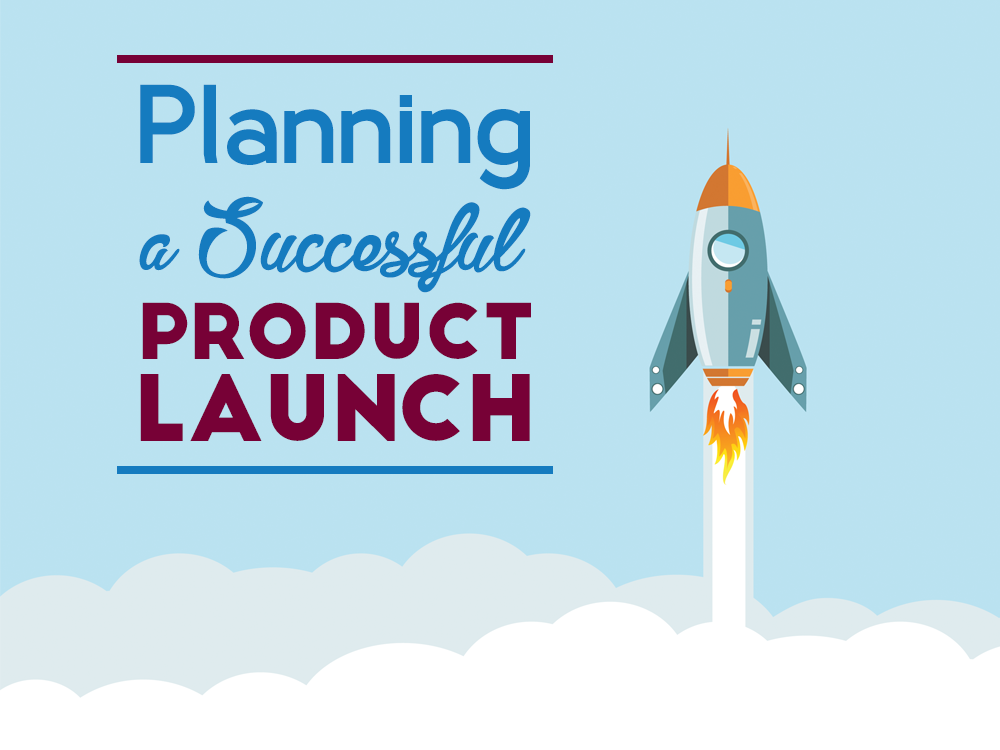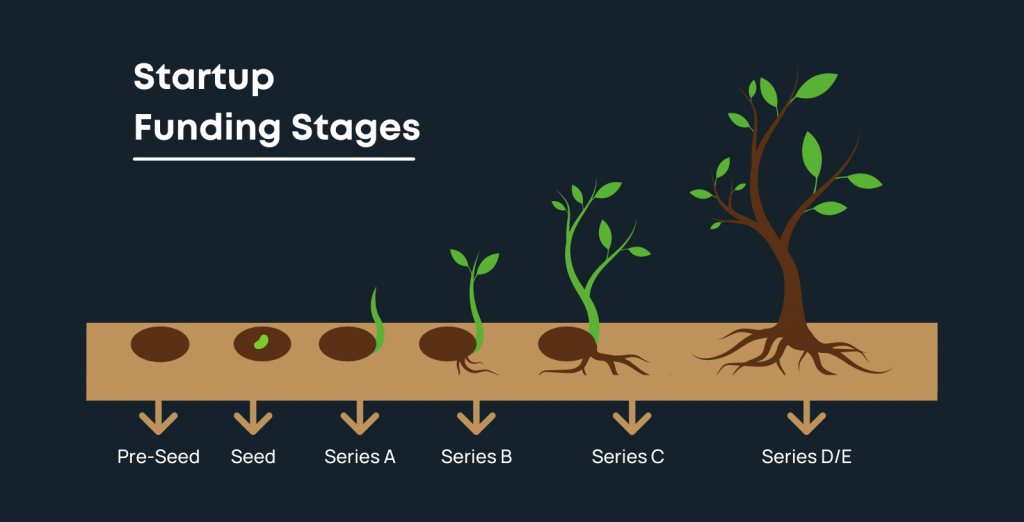The flow of the presentation is vital for striking a chord with investors.
The fundraising presentation is one of the primary documents essential to any early-stage company fundraising process. The time spent with potential investors becomes most effective if you have an impactful fundraising presentation.
The flow of the presentation is vital for striking a chord with investors and displaying the narrative of the business. Going through a successful pitch deck slide by slide is one of the most effective ways to learn how to build a flow.
There is no single formula for a pitch deck. Otherwise, startup founders wouldn’t spend so much time banging their heads against walls trying to get them just right. However, we have listed some ideas that you can apply immediately so that your next investor presentation leaves you – and your investor – smiling and happy.

Know your audience
Knowing your audience is key to good communication. At a startup, you will pitch to multiple audiences: customers, partners, recruits, and investors. Although you may be able to reuse some content between these audiences, you’ll need to make sure you devote time to a slide deck that focuses on the investor perspective.
Ask yourself:
Who exactly is my potential investor – and what do they want?
What do I want to achieve – how will I sell our investment opportunity?
How can I hook people – by grabbing their attention early on?
What is my takeaway message – the one that I want them to remember afterward?
Define and refine your investment story
The way you frame your investment story influences how an investor sees you. Most successful fundraisers craft a compelling story around their strategy and tell it passionately. According to Forbes, the perfect selling story involves being relatable, detailing a conflict, presenting the resolution, and demonstrating results. The investors need to understand why your opportunity is special and what makes it stand out from others.
Structure your presentation like a story
The best fundraising presentations are ones where you take the investors on a journey. A simple structure – with a clear beginning, middle and end – demonstrates the command of your own story. It also helps investors quickly grasp what you do.
But remember, all you’re trying to do with the pitch deck is get their “greed glands” flowing. If you do that, there will be plenty of opportunities to give them more details. If you overwhelm them with too much detail at this point, they may miss the big picture.
Make sure you are ready
The best way to communicate your business to investors is to know your business!
Investors get frustrated by presenters who avoid, second-guess or provide scrambled answers to questions. Remember that it is their job to ask questions and be critical. We recommend that you prepare for the Q&A session as much as you do for the fundraising presentation itself. Prepare your answers and rehearse delivering them confidently together as a team – the last thing you want is your team being surprised by each other’s answers.
Make a good impression
Impressions are everything – investors’ perception of your team when you are with them is what matters.
Apart from preparing the presentation, you should also prepare yourself and the team. Remember that nonverbal communication can be just as important as what is said.
So, do extensive rehearsals on camera with the team so they are investor-ready. During the presentation, pay attention to what you do when your colleagues speak.
Look engaged and interested – show that you are as interested in your investors as you want them to be in you.

What Do Investors Look For In Startups?
Investors essentially buy a piece of the company with their investment. Here are some qualities investors look for in a startup that acts as deciding factors for funding.
- Objective and Problem Solving: The offering of any startup should be differentiated to solve a unique customer problem or meet specific customer needs. Ideas or products that are patented show high growth potential for investors.
- Management & Team: The passion, experience, and skills of the founders and the management team to drive the company forward are equally crucial deciding factors for investors.
- Market Landscape: Mention the market size, obtainable market share, product adoption rate, historical and forecasted market growth rates, and macroeconomic drivers for the market you plan to target in the funding proposal.
- Scalability & Sustainability: Startups should showcase the potential to scale shortly, along with a sustainable and stable business plan. They should also consider barriers to entry, imitation costs, growth rate, and expansion plans.
- Customers & Suppliers: In the funding proposal, state a clear identification of your buyers and suppliers. Consider customer relationships, stickiness to your product, vendor terms, and existing vendors.
- Competitive Analysis: Highlight the true picture of competition and other players in the market working on similar things in the proposal. There can never be an apple-to-apple comparison but highlighting the service or product offerings of similar players in the industry is important.
- Sales & Marketing: No matter how good your product or service may be, if it does not find any end-use, it is no good. Consider things like a sales forecast, targeted audiences, product mix, conversion and retention ratio, etc.
- Financial Assessment: A detailed financial business model that showcases cash inflows over the years, investments required key milestones, break-even points, and growth rates. Assumptions used at this stage should be reasonable and mentioned in the proposal.
- Exit Avenues: A startup showcasing potential future acquirers or alliance partners becomes a valuable decision parameter for the investor. Initial public offerings, acquisitions, and subsequent rounds of funding are all examples of exit options.













